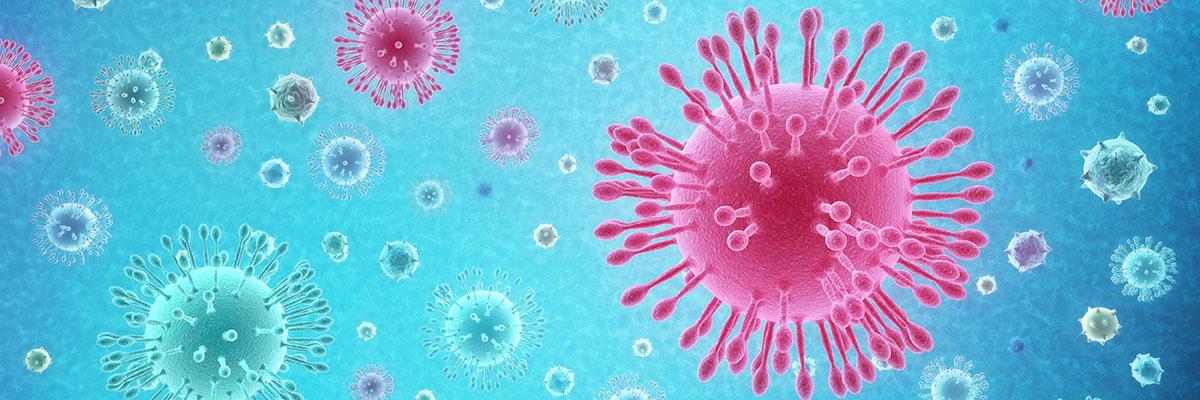

Senate White House Reach Agreement on Relief Package Responding to Covid-19
March 25, 2020
Package includes provisions important to hospitals and health systems; Senate vote expected later today
The Senate today released updated legislation as part of a widespread stimulus package to respond to the novel coronavirus (COVID-19) pandemic. Senate Republican and Democratic leaders, along with the Administration, agreed on the nearly $2 trillion package early this morning, and the Senate could vote later today on the legislation.
The AHA is reviewing the full legislation, including the potential financial impact for hospitals and health systems. We understand some small additional changes to the legislation may occur, and we will share those with you when they become available. Watch for a Special Bulletin later today with more details.
The legislation has a number of important health care provisions. An emergency fund for hospitals and health systems, a Medicaid Disproportionate Share Hospital (DSH) cut delay, temporary elimination of the Medicare sequester, and a Medicare diagnosis-related group (DRG) add-on payment together are estimated to make available $117 billion in new funding for urban and rural hospitals and health systems. We continue to evaluate the potential financial impact of new loan opportunities. Highlights of key provisions that are included in the legislation, as well as a few provisions AHA successfully kept out of the legislation, are below.
Key Provisions Included in the Legislation
Public Health and Social Services Emergency Fund
The legislation would make available $100 billion to reimburse eligible health care providers for health care-related expenses or lost revenues not otherwise reimbursed that are directly attributable to COVID-19. Eligible providers are defined as public entities, Medicare- or Medicaid-enrolled suppliers and providers, and other for-profit and non-profit entities as specified by the Health and Human Services (HHS) Secretary. Funding would be on a rolling basis through “the most efficient payment systems practicable to provide emergency payment.”
Medicare Payment Improvements and Flexibilities
The bill would provide additional funds to providers caring for Medicare beneficiaries. Specifically, it would:
- Eliminate the Medicare sequester from May 1 through Dec. 31, 2020;
- During the emergency period, provide a 20% add-on to the DRG rate for patients with COVID-19. This add-on would apply to patients treated at inpatient prospective payment system (IPPS) urban and rural hospitals;
- Expand the existing option for hospitals to request and receive "accelerated" Medicare payments, which are essentially an advance on future payments, including to ensure they are available to children’s, cancer and critical access hospitals (CAHs). The legislation would increase the amount most hospitals could receive based on prior payments to 100% (from 70%); CAHs would be eligible to receive up to 125%. Hospitals would have four months until recoupment would begin, and at least 12 months before having to pay off the payments in full; and
- Provide flexibility for post-acute care (PAC) providers so they are able to increase the capacity of the health care system, without penalty, during the emergency period. The legislation would fully waive two long-term care hospital (LTCH) policies: the “50% Rule,” which requires that greater than 50% of patients be paid a standard LTCH PPS rate to maintain an LTCH designation, and the site-neutral payment policy, which uses an IPPS-level payment rate for lower-acuity patients. It also would waive the inpatient rehabilitation facility (IRF) 3-hour rule, which requires that IRF patients receive at least three hours of therapy a day, the “preponderance” of which must be one-on-one.
Medicaid DSH
The legislation would eliminate the $4 billion in Medicaid DSH cuts in fiscal year (FY) 2020 and reduce the cut for FY 2021 to $4 billion from $8 billion. Implementation of the FY 2021 cuts would be delayed until Dec. 1, 2020. The legislation would not add any additional cuts after the current end-date of FY 2025.
Small Business Loans via the “Paycheck Protection Program”
The legislation would make available loan opportunities for organizations with less than 500 total employees (i.e., both full-time and part-time employees). These loans may be up to $10 million and may be forgivable. They could be used to pay salaries, leave and health benefits, rent, and/or retirement obligations, among other uses. Both for-profit and non-profit hospitals would be eligible for these loans; however, affiliation rules would apply. The affiliation rules are intended to determine whether the organization, taking into account the “totality of circumstances,” is operating as part of a larger organization and therefore not considered a small business, which would be evaluated on a case-by-case basis.
Key Provisions Not Included in the Legislation
Occupational Safety and Health Administration (OSHA) Requirements
Notably, the legislation does not contain a provision that had been in previous versions that would have directed the Secretary of Labor, working through OSHA, to develop a temporary standard for protection of health care workers from COVID-19 that would have differed from the Centers for Disease Control and Prevention’s (CDC’s) guidance. CDC is recommending enhanced droplet precautions and the OSHA requirements would have been based on guidance developed to protect workers from airborne spread. Further, the Secretary of Labor would have been directed to create permanent standards based on this same theory of airborne spread after consulting with those representing health care workers and health care delivery organizations as well as other relevant federal agencies. These disparate directives would have created a great deal of confusion.
Surprise Medical Billing
The legislation does not include any provisions related to surprise medical billing.

